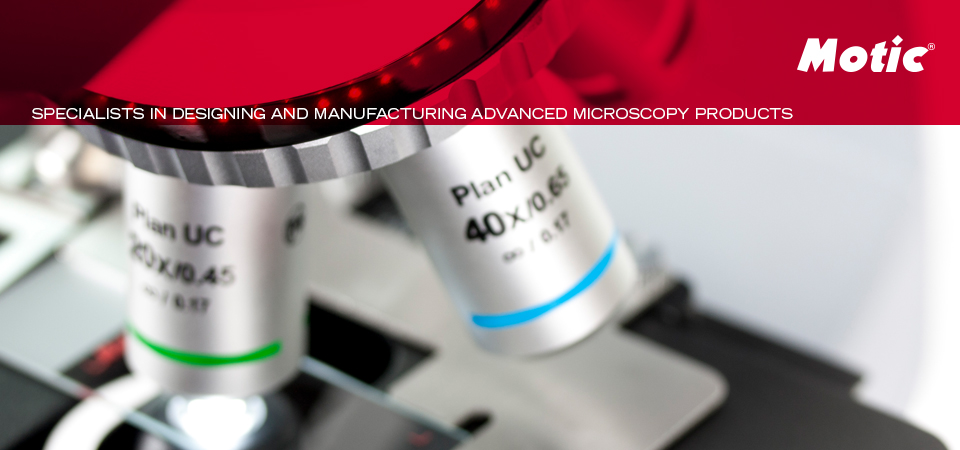In standard light microscopy FLUORESCENCE is clearly one of the most challenging methods. It requires a clear understanding of the scientific background as well as a proper microscope setup: there are many options to miss a satisfying image result. As the costs of a traditional Mercury illumination setup (still the most flexible approach) are remarkable, a beginner in FLUORESCENCE should take his time to evaluate the adequate microscope & filter hardware.
Friday 23 September 2016
Wednesday 21 September 2016
When leaves are falling
The images show the prepairation of the cleavage of tissue at the base of the petiole. During the perspiration, ions, which are introduced via the roots, constantly remain behind in the leave tissue, which accumulate over time to such an extent, that they slow down the photosynthesis.
Thursday 8 September 2016
Learning from rats
The rat proves science daily services in areas such as surgery, cancer, heart disease, embryology, diabetes, paraplegia, addiction etc. In research, in the twentieth century, the rat has been partially displaced by the mouse, which is smaller, propagates faster and is easier to manipulate genetically. But because of its greater pharmacological similarity with humans and his larger body - useful in surgeries – the rat has maintained himself in the lab.
Laboratory rats have bicornuate uteri and weigh between 200 and 400 g. There are numerous different "strains" with slightly different gestational features. A commonly
 |
| Uterus of rat with fetus | Stereomicroscope SMZ171 | Moticam 10 |
Laboratory rats have bicornuate uteri and weigh between 200 and 400 g. There are numerous different "strains" with slightly different gestational features. A commonly
Subscribe to:
Posts (Atom)

